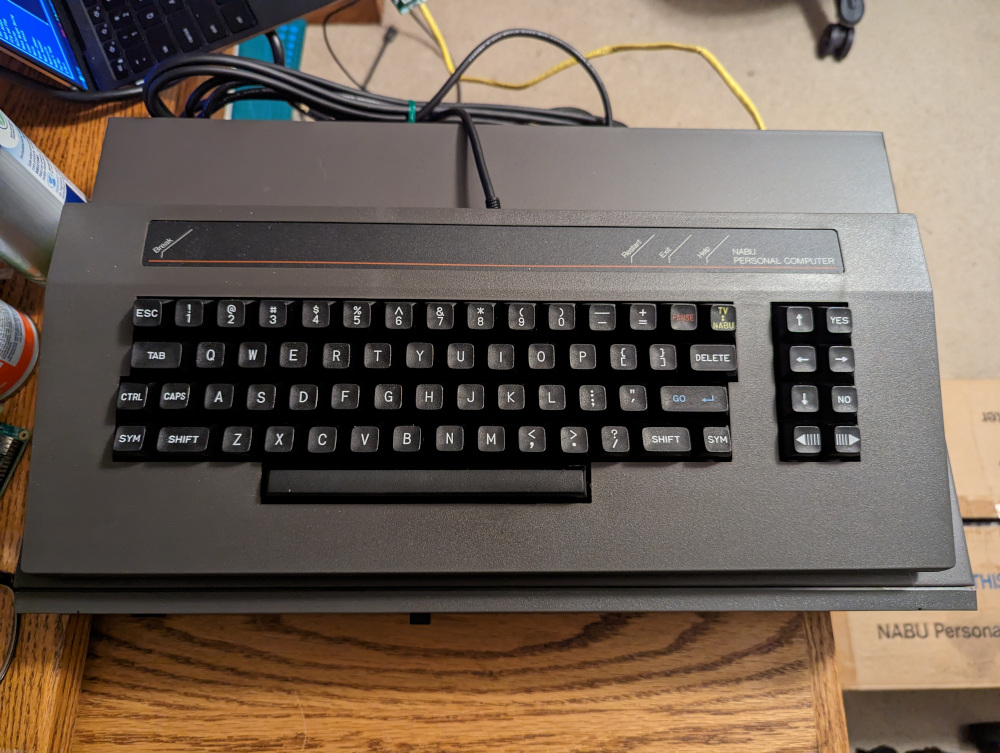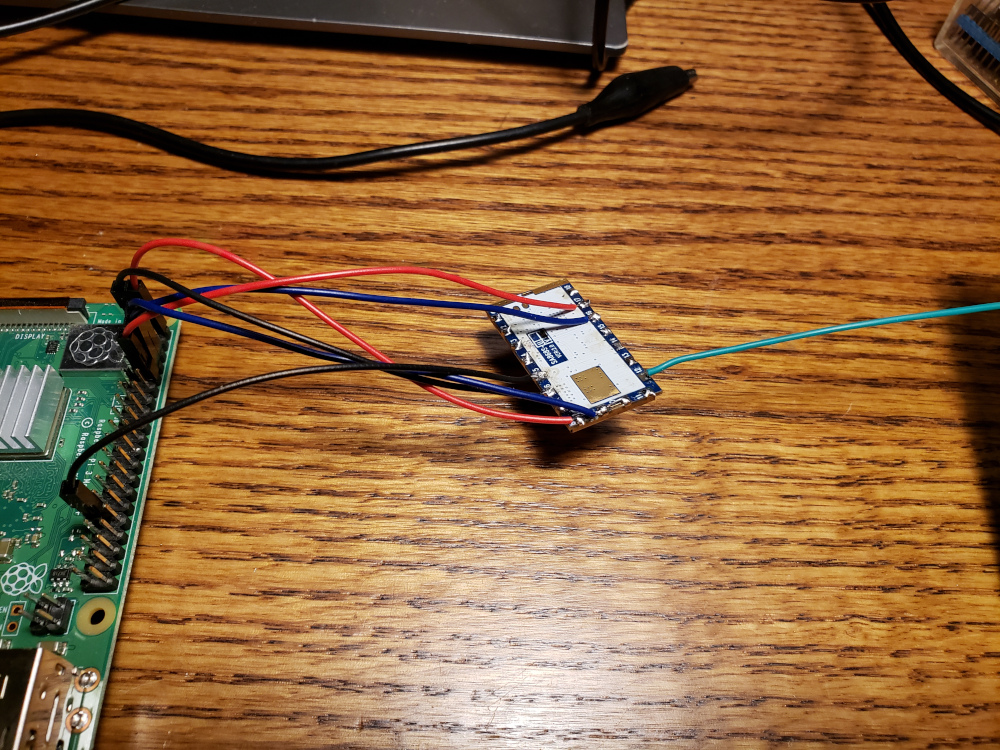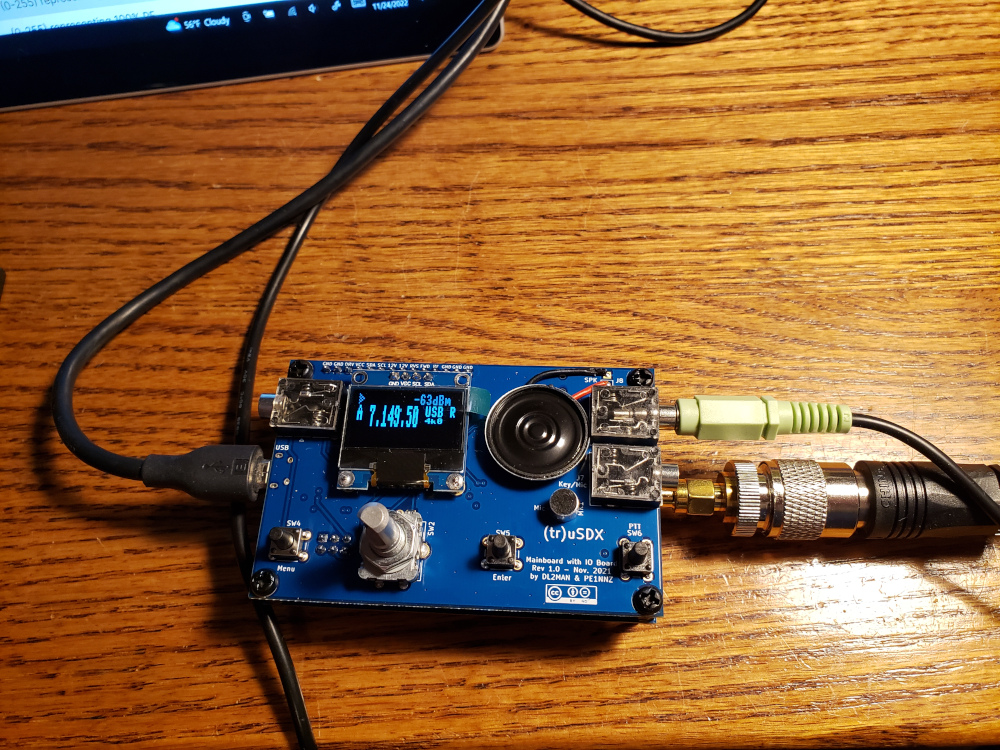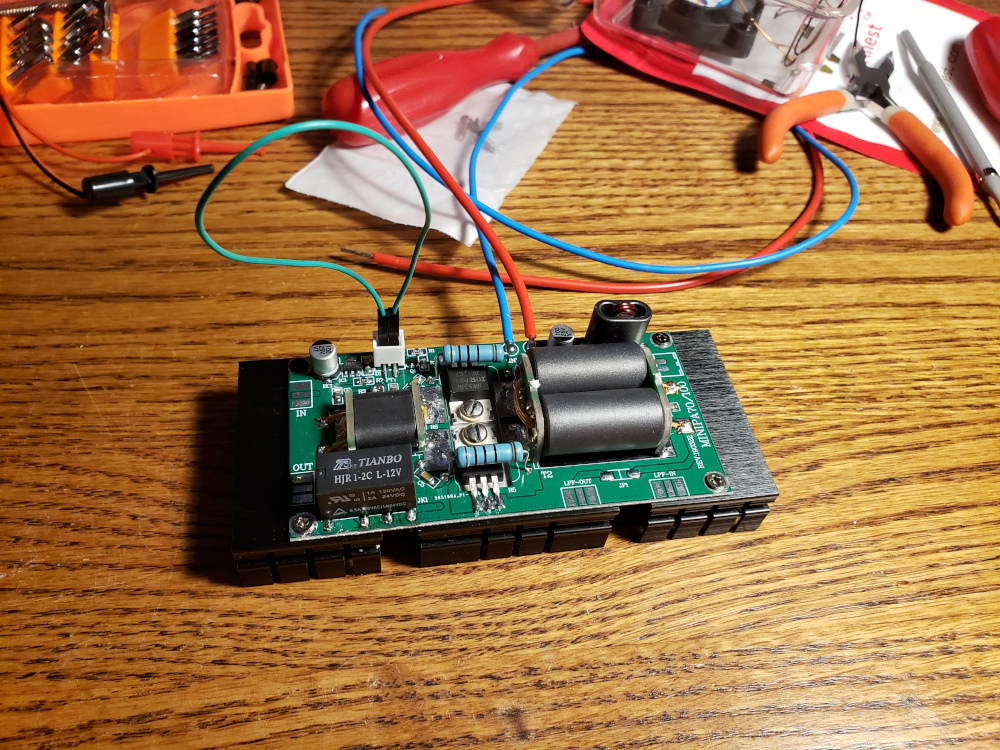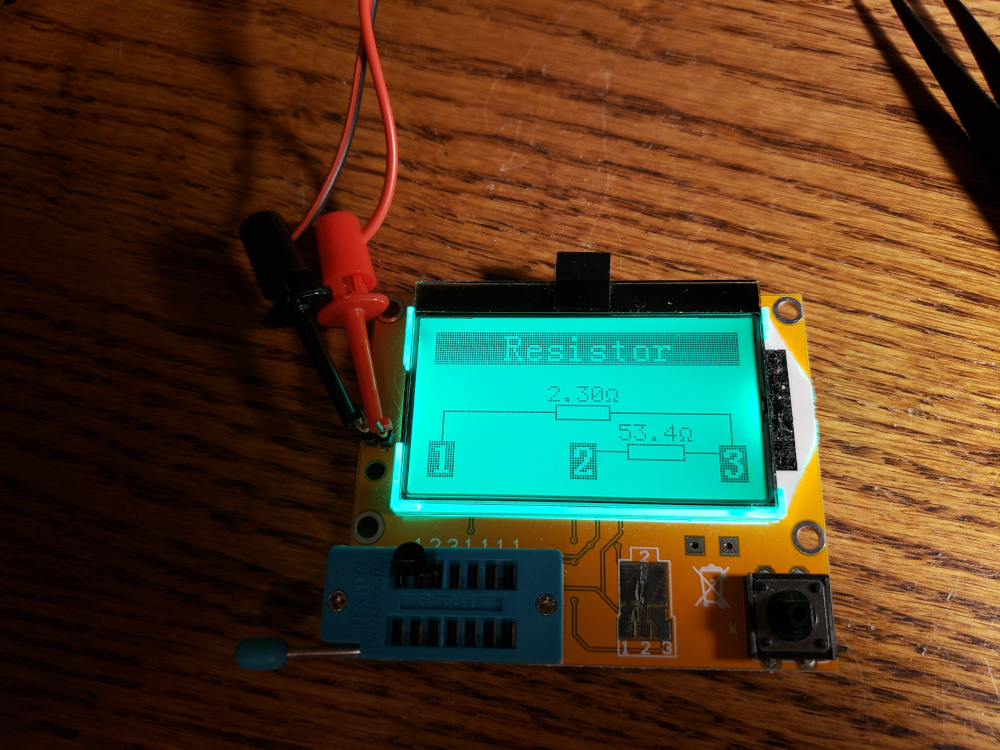So I finally got around to setting up an AMPRNet gateway. I first signed up for an account on the AMPRNet portal back in 2017. I requested an IP allocation which I received a few weeks later. By the time I received the IP block, I had lost interest and moved onto something else, but I continued to log into the account to keep it active.
A few weeks ago, I completely revamped my home network.
Back in Novemeber of 2022, I started seeing things online about the NABU, a z80 based computer from a defunct Canadian company. Apparently a warehouse full of these things was being sold on ebay for $60 a piece, so I figured I’d get one to play with.
Unfortunately, I procrastinated a bit too long and they were quickly sold out.
I saw on a few forums, that apparently they sold so quickly that the seller took down the listing so he could keep up with shipping them out.
I recently found out about the SA818 and SA868 modules that are used inside of some cheap VHF and UHF HTs, so I bought a few from aliexpress along with some tiny surface mount low pass filters.
The datasheet shows that they are pretty easy to interface with. You can program it using the serial RX and TX pins. You can set the frequency, squelch, and volume of the module. Other than that, there are pins for audio in, audio out, ptt, power on/off , and an antenna connection.
I picked up one of the (tr)uSDX kits off of aliexpress recently and finally got around to putting it together. It was a pretty quick afternoon build.
The kit came in a pretty well put together package.
It was missing the power connector pigtail thing with the barrel connector. It uses one of those tiny barrel jacks and I don’t have one laying around, so that was annoying.
I ordered the kit without the 3D printed case.
A while back, I picked up a cheap amplifier kit off aliexpress for a few bucks and finally got around to finishing it.
It will supposedly put out 70 watts using a pair of IRF530N mosfets.
The build itself was pretty straight forward. The surface mount components were already soldered on the board.
They have these weird metal tubes that you have to assemble and solder to PC board material that make up one of the turns to the transformer.
Last night, I tried my hand at some FT8 with the new QDX. I called CQ a few times and got a reply. Just as I finished the first QSO, the QDX died and my power supply was showing a short.
I opened up the case and could smell the magic smoke. I couldn’t see any obvious cause, but I figured it would be one of the output transistors since I’ve already had to replace them once.

